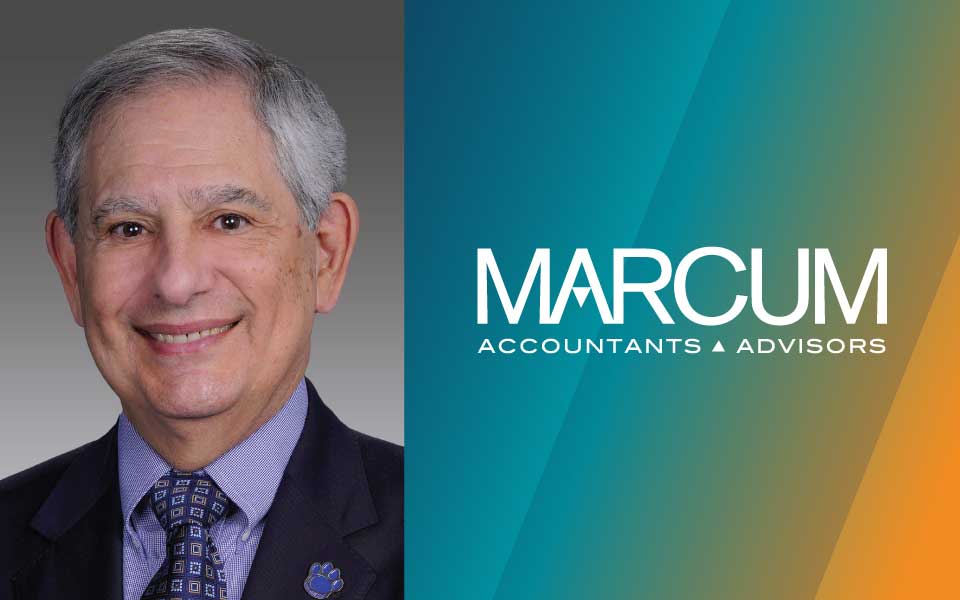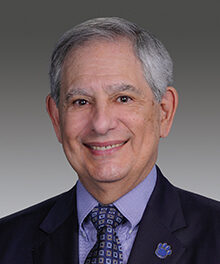Article by David Glusman, Advisory Services Partner, "What's My Business Worth?" Featured in Greater Philadelphia Chamber of Commerce News
Greater Philadelphia Chamber of Commerce News

Excerpt:
At the end of the day, any business is worth what someone else is willing to pay for it. Generally, two valuation approaches dictate the range of value for a business. First, the income approach is generally based on the cash flow of the business. Cash flow is sometimes also referred to as EBITDA, or earnings before interest, taxes, depreciation and amortization. The second is the market approach, which is based on comparable transactions occurring between market participants.
Buyers generally fall into two categories: “Financial buyers,” looking to invest and getting the best return based on the risk; and “Strategic buyers”, in a similar industry looking to expand geographically, vertically or to gain some other synergy.
To understand what a business is worth, certain adjustments are routinely made to historic information. The buyer looks at historical information to understand what the future might bring as compared to the past. The main areas that relate to normalization adjustments include compensation of officer/owners, travel and entertainment expenses and other areas that may be nonrecurring or may be unique to the current business ownership structure. A good example of the normalization adjustment is comparing what the owners are being paid currently to what it would cost to hire competent managers to take their place.
For example, John Jones is a 50% shareholder in Sailing Away, Inc. and is responsible for running the sales department. His annual compensation is $1 million, and replacing him would cost $250,000 a year. That normalization adjustment would add back $750,000 plus related compensation-based payroll taxes and benefits in arriving at normalized EBITDA. Likewise, if he spends $100,000 a year on travel and entertainment that would not be replicated by a potential buyer, that difference also would be added back.


















